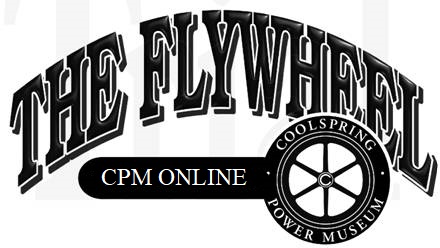
Winter 2024
New York Engines
By Paul Harvey
With this issue, I will turn back to my original intention to show some of the engines that the museum presented in days gone by. I will enjoy recalling, for all our pleasure, the event that featured engines built in the state of New York. There was such a variety of engines built there, from farm engines to the very heavy industrial ones, depending on location. The geographical need certainly dictated the type of engine built. In fact, over 100 makers of internal combustion engines were located in New York. Wow! So, lets turn back to June, 2011, and see whatís happening. Should be fun.
Letís first take a virtual tour of the state and discover the different machines made in each area. Our journey will start in the southwestern part of the state, which was a very productive oil field in the distant past. This situation required rapid production of engines such as Clark & Norton and McEwen Brothers to get the oil out of the the ground. Close by this area is the Chautauqua Institute with a summer of cultural music, lectures, and relaxation. With acres of vineyards in the area, the institute, grape production, and oil production all existed amazingly well.
A bit north of this area, we find Buffalo, an industrial city that built many different engines. Away from agriculture, one finds its well finished and heavy industrial engines. Examples would include Olin, Ruger, Alberger, and Buffalo Marine. Of course, the massive Snow engines were built in Buffalo.
Looking northeast, we see the magnificent Erie Barge Canal and Hudson River. Many small marine engine makers sprang up and quickly failed. But that was the story of marine engine making along all the major rivers. Small makers usually had short lives.
Dropping south, our journey is traveling into the beautiful Finger Lake area. This is an absolutely gorgeous area! Alive with agriculture and tourism. So what engines do we find here? Most remarkable would be the Rumsey and the George Pohl. These finely done engines had side shafts and vertical governors, with nice finishes. Probably, a good sign of the prosperity of the area.
Finally, our tour ends in New York City. Hmm! A bit overwhelming. If one wants it, it is there. Among the other menagerie of the city, several engines were built here. Notable was the Mietz and Weiss oil engine, which pioneered the two-cycle, hot bulb oil engine design. DeLaVergne was built there and pioneered the evolution of the solid injection oil engine. Koerting built huge engines for steel mill work and the like. Interestingly, they were the only other maker in the USA than used the Clerk cycle. Wonderful machines, but now time to look at some!
Following my original 2011 article, we will focus on the Mietz and Weiss engine first. It is a two-cycle, direct injection oil engine, following the Carl Weiss design. It was very successful. It was manufactured by that firm in New York City. One of the first running engines at the museum, it continues its legacy at every show. It was discovered in a dilapidated barn in southwest Pennsylvania. It is one of the first engines that I rigged out and hauled on my 1946 Reo winch truck.
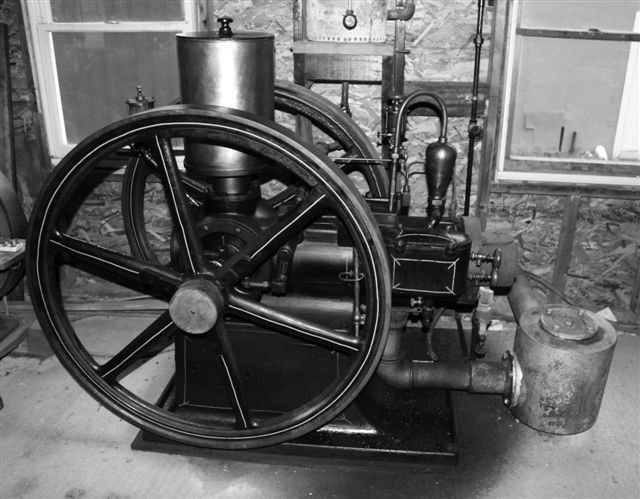
Continuing, we will visit the Star. This engine, built in New York City, is an excellent example of the eastern seaboard design. Note the well finished parts and symmetry of design. The main frame rises vertically to hold the cylinder and crankshaft. The well-finished governor adds to its beauty! Very pleasing design!
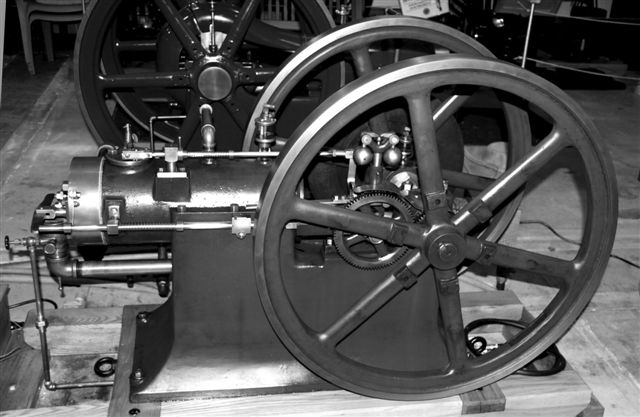
Our third photo will take us to the 20 hp twin-cylinder Nash and its direct-connected dynamo. The Nash engine carried its name from Louis Hallock Nash, its designer, of the National Meter Company of New York City. No connection with the automobile!
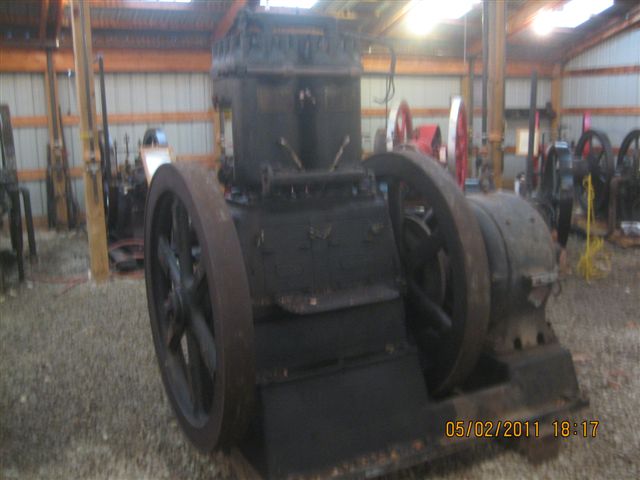
This Nash was originally used to provide electricity in a hotel in Lincoln, New Hampshire. It was graciously donated by the family of the late Murray Clark and his wonderful display at the Clarkís Trading Post.
Next, we will visit my little Buffalo Marine engine. Itís only two horsepower as compared to some of their larger engines. Four-cycle with lots of brass work, aluminum, and cast iron. The big lever would be used to reverse the propeller of the boat to be able to back up. They were popular in small boats on Lake Erie.
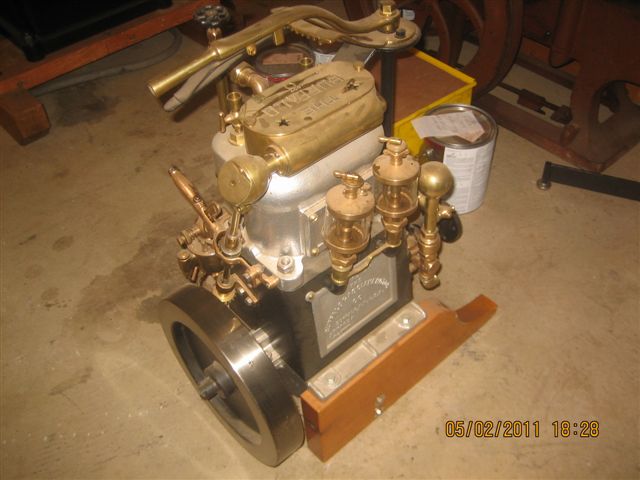
A typical well made and finished New York farm engine is the Rumsey. Starting in Ripley, New York, the firm moved to Friendship, New York about the turn of the century. They had a side shaft and vertical governor. Note the photo. Amazing, a 25 hp Rumsey exists and runs.
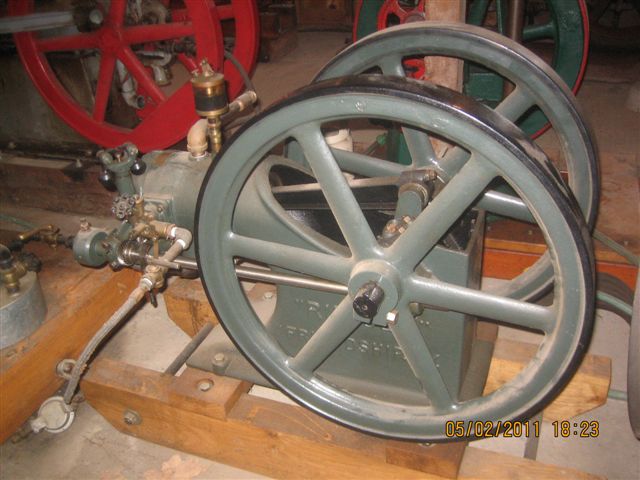
James Howden, of Wellsville, New York, built large blowing and compressing equipment there. They were based in Glasgow, Scotland, and needed an American facility. Howden built this small opposed cylinder air compressor/engine to provide compressed air to start their large engines. It worked well.
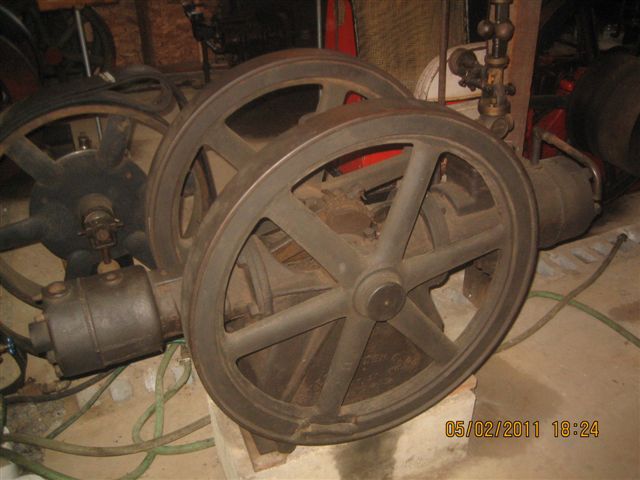
The next engine is a Buffalo built Olin. Fred Olin patented his engine in 1894. A subsequent patent of 1896 was built as the Titusville Olin. The connection has never been explained, but the Titusville version was dedicated to the oil field while the Buffalo version was mainly industrial. It is these mysteries that keep our engine passion so interesting. Someday, we might find the answer.
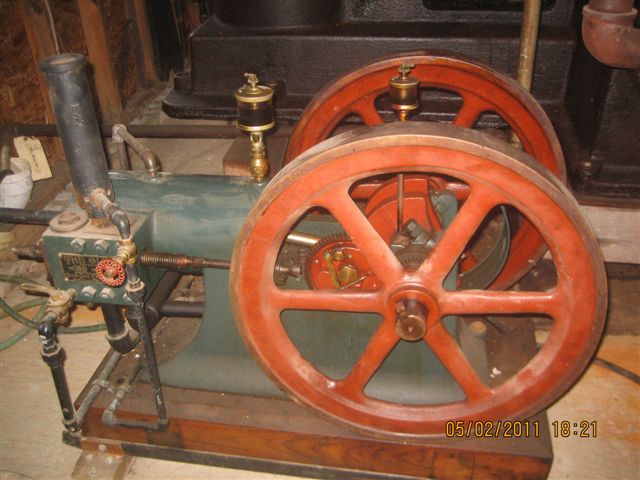
A very unusual machine is our 80 hp Alberger engine. It was originally installed in the Mt. Jewett, Pennsylvania water works and direct coupled through a clutch to an 8 by 12 inch bore and stroke Deane water pump. It is a tandem cylinder engine, with each cylinder being single acting. This gives a power impulse on each revolution of the engine. It runs extremely well and so smoothly.
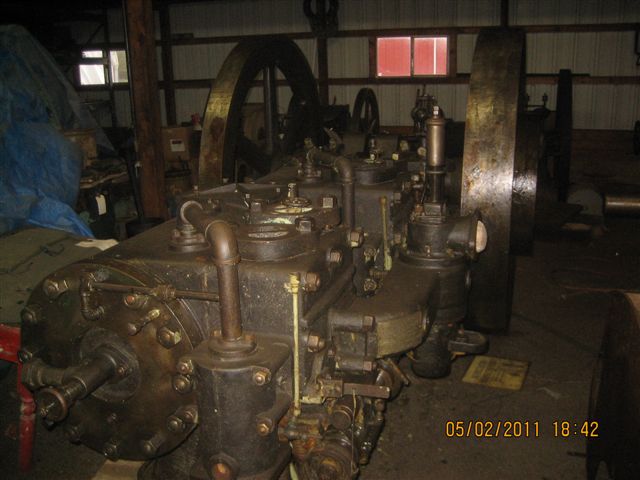
The last engine featured is this 50 hp, 4-cylinder General Electric built in Schenectady. It is direct coupled to a generator and was used to operate the locks on the Erie Canal.
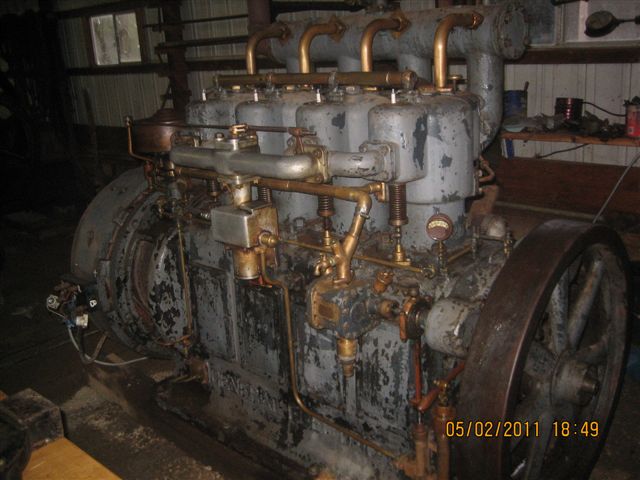
It is my hope that the reader has enjoyed this little journey back in time. Visit Coolspring Power Museum and see these engines in person.